Teachers & Lineage
Nityananda Sampradāya ~ Rudrananda Panthāḥ
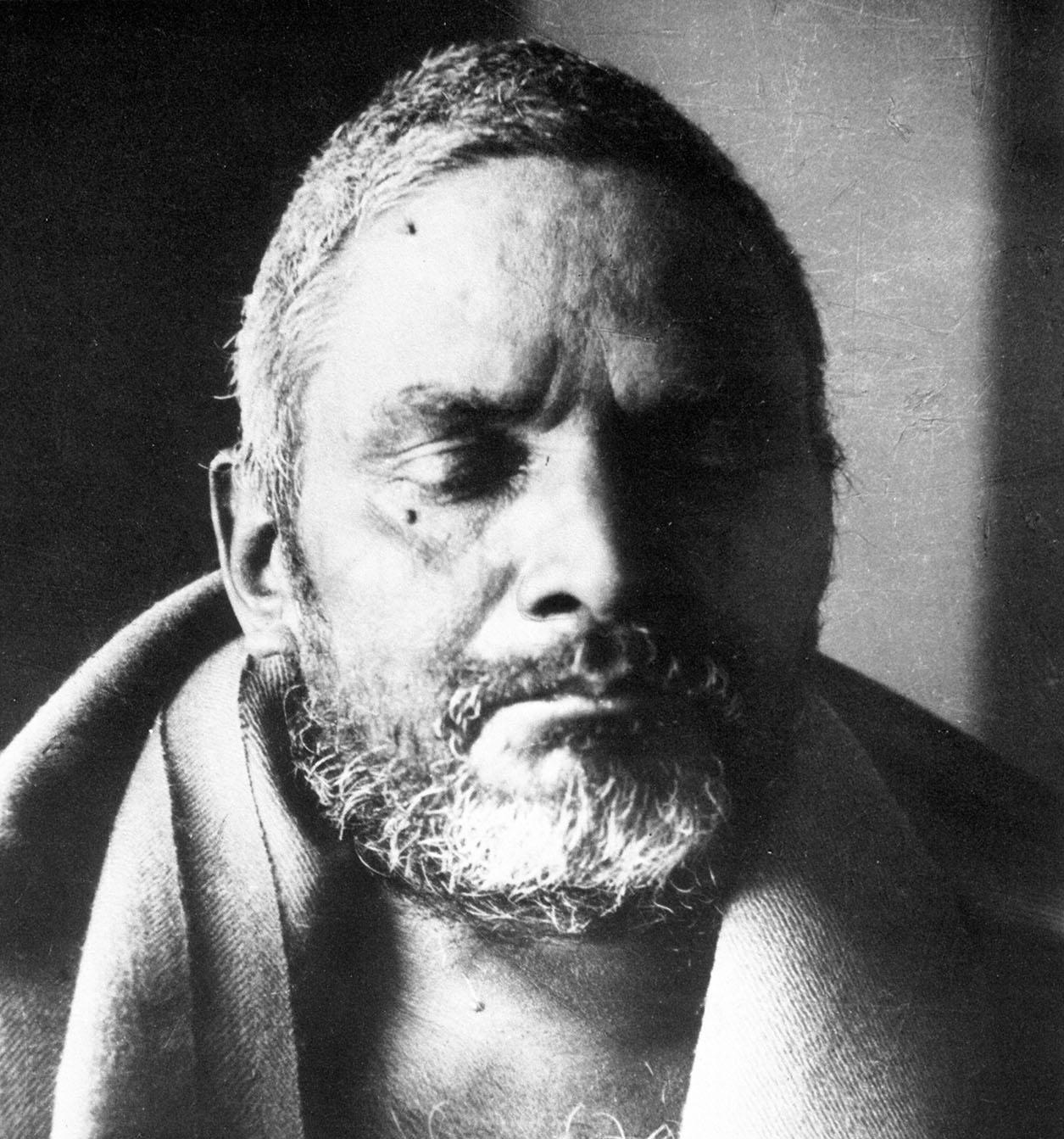
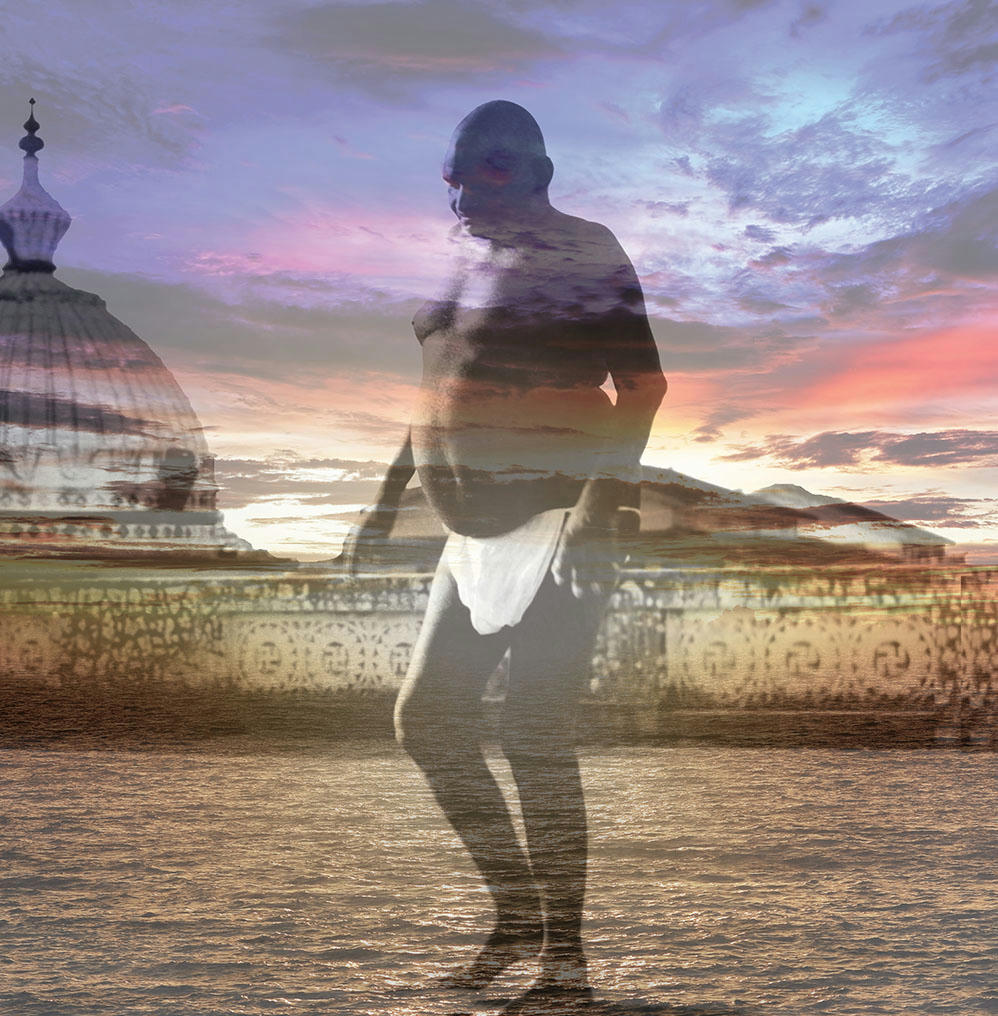
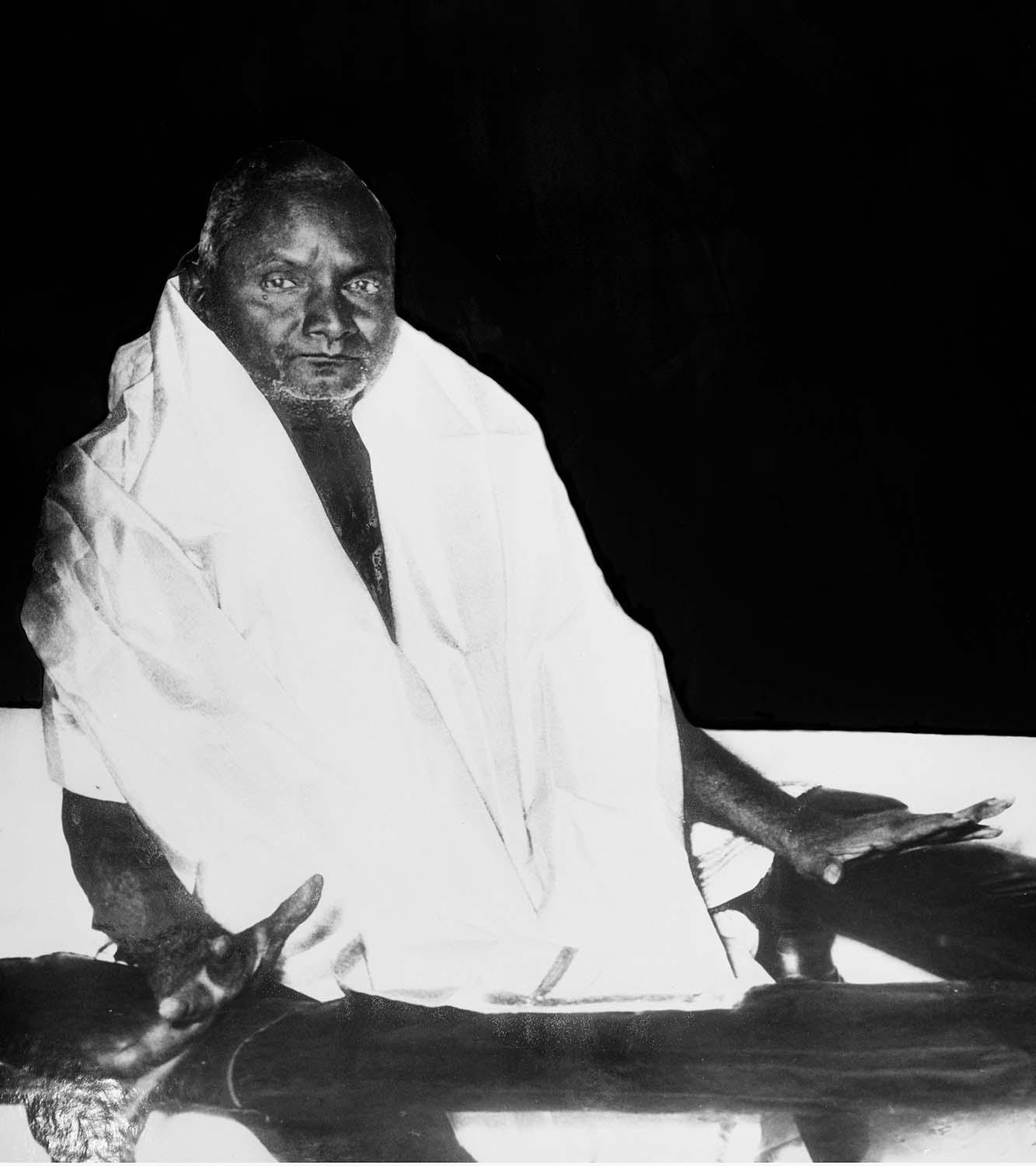
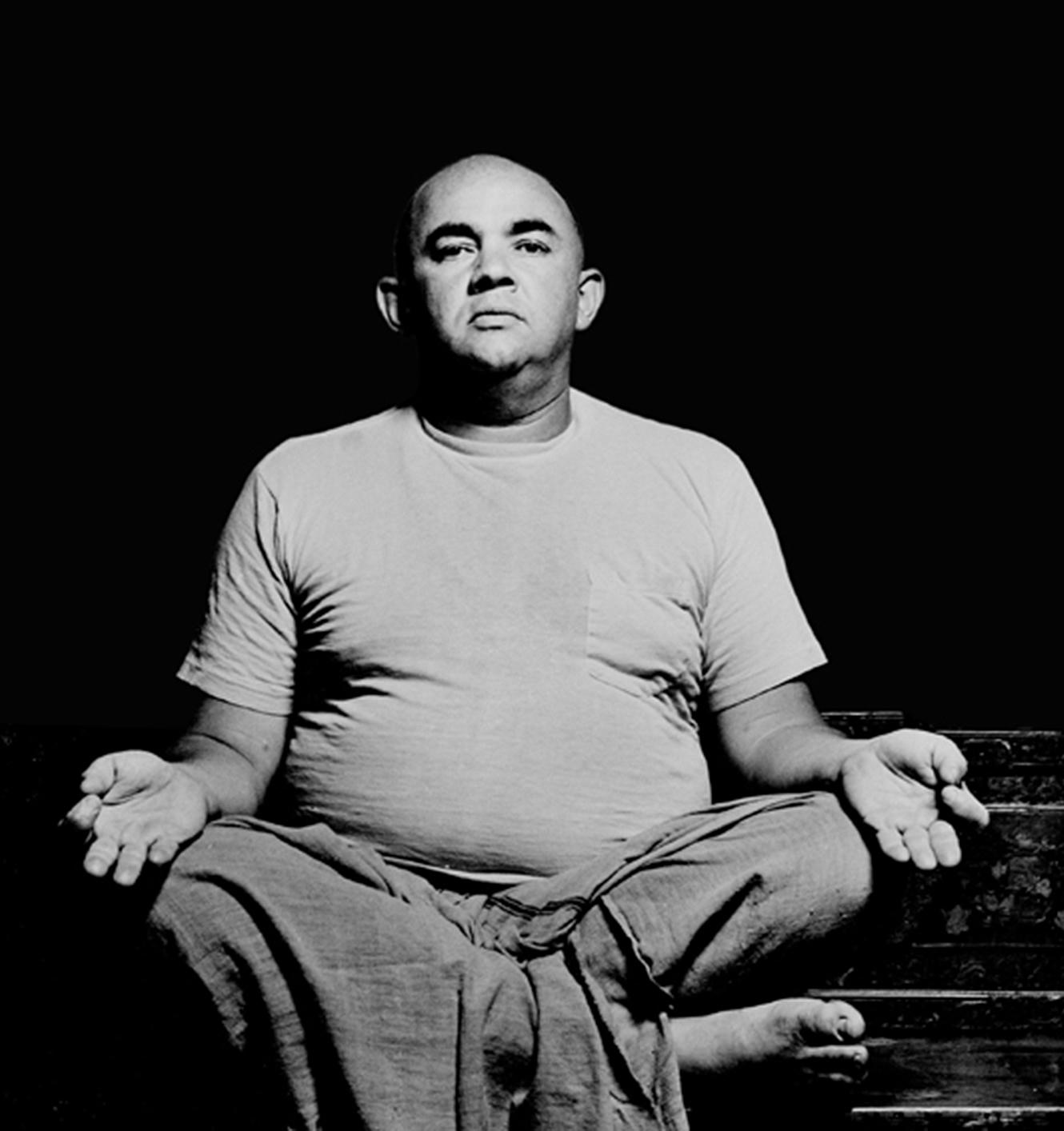
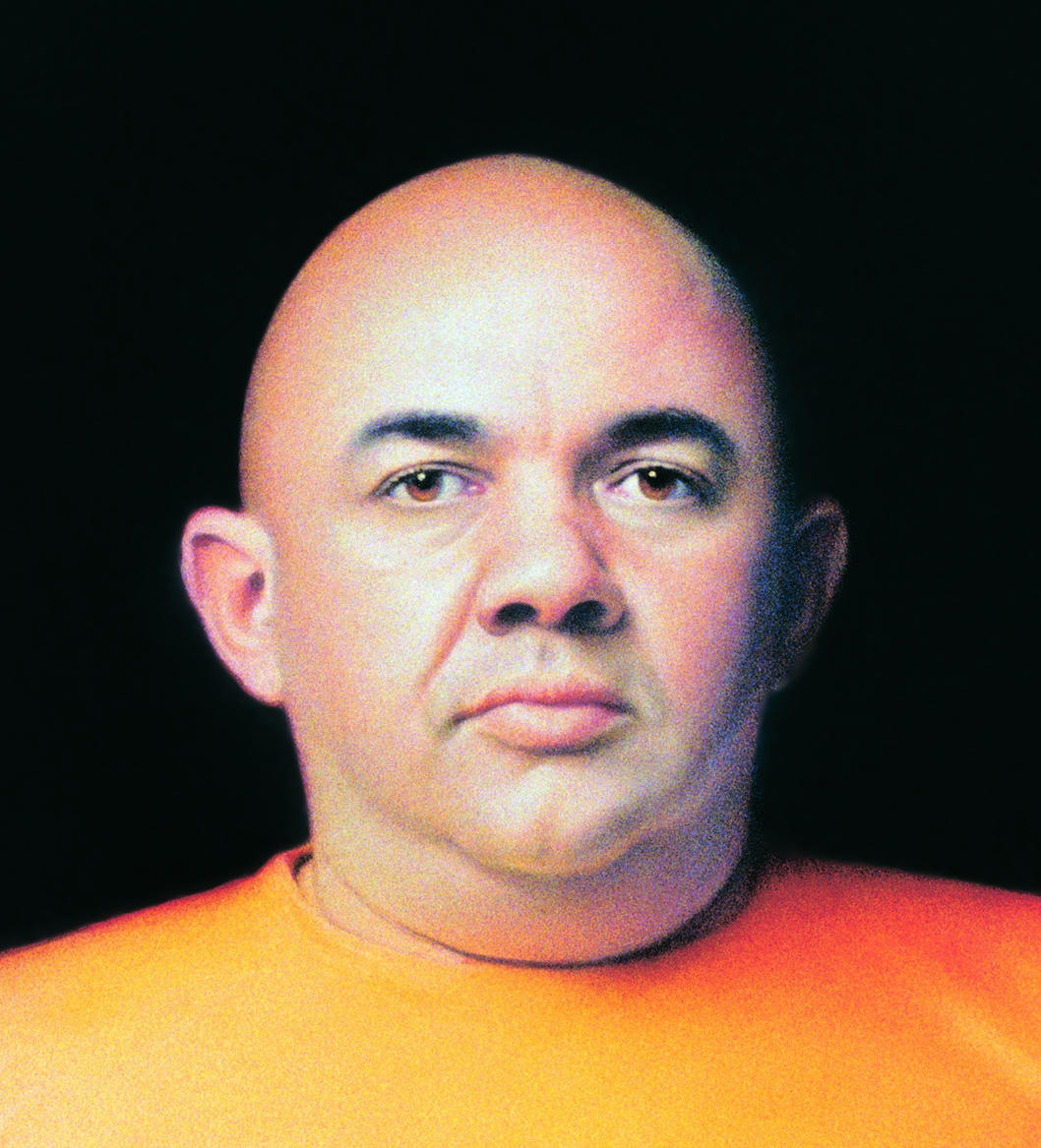
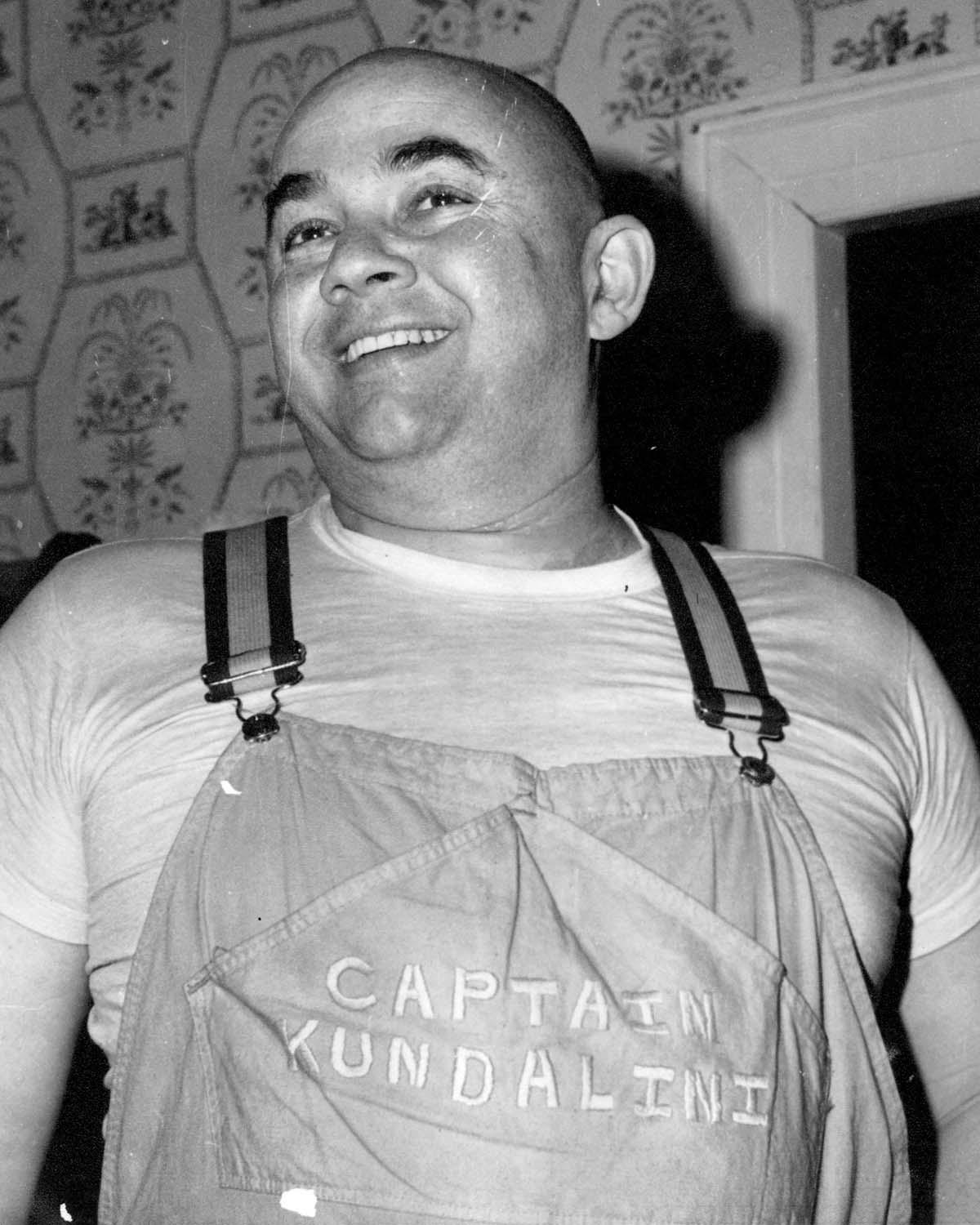
There is only one Guru, the unbroken transmission of the rays of awakened consciousness that come to us through lineage. — Kaula Sutra (12th century)
As a lineage carrier in this tradition, I feel a deep gratitude to every teacher who has gone before me. They have passed down an enormous grace and wealth of knowledge, and have provided the practical means to enable generations of spiritual seekers to gain their liberation. — Swami Khecaranatha
A lineage is an unbroken transmission of a living spiritual force that is passed from heart to heart. It flows from one generation to the next—from a teacher to the student the teacher wishes to initiate as a lineage carrier. Whether the initiation is an elaborate ceremony or simply the words of the teacher spoken to the heart of the person being initiated, it is the power of initiation that installs the seed of the living force in the recipient. Although this force manifests within a teacher, this living energy is greater than that which is carried within any person. A lineage carrier serves that force.
The practice of Kuṇḍalinī Sādhana has always been an inner practice, carefully passed from teacher to student through oral and energetic transmission. While the focus on inner practice was primary, the philosophical aspects as a written tradition emerged in the seventh and eighth centuries. Those inspired writings and commentaries arose from the personal inner experience of kuṇḍalinī adepts, based on their ardent study of the early Tantric practices.
These great teachers, known as mahāsiddhas (great masters of perfection), emphasized kuṇḍalinī as the quintessential element of their practice and presented Self-realization as the culmination of the ascent of kuṇḍalinī through the cakras. Each viewed the śakti transmission from teacher to student as the principal means of awakening the process of spiritual growth within the student, although they may have expressed this truth in different ways. The teachings and practices of Heart of Consciousness draw direct inspiration and experience from the nondual Tantric tradition.
The most significant gurus of the lineage from which Swami Khecaranatha received his training are Bhagavan Nityananda and Swami Rudrananda (Rudi). Both of them were modern day mahāsiddhas, and the wellspring of this particular expression of the ancient practice of Kuṇḍalinī Sādhana.
Bhagavan Nityananda
Nityananda, whose name means “bliss of the eternal,” lived in southwest India from around the turn of the twentieth century until 1961. Details of his early life are difficult to verify, but from the 1920s until his passing, he was surrounded by an ever-increasing number of disciples and devotees. By the late 1930s he was established in Ganeshpuri, in the countryside near Bombay (now Mumbai), and an active ashram developed around him.
In India, the mere viewing (darshan) of a spiritual teacher is considered to be a profound blessing, and thousands of people arrived daily, often from considerable distances, just to sit in Nityananda’s presence. Nityananda often sat in a room that was lit only by a few bare electric light bulbs, but as he rested quietly with his eyes open, the powerful forces of śakti transmission that continuously emitted from him permeated the environment. In this way, Nityananda established a connection with each visitor according to his or her capacity to experience and sustain that contact.
Nityananda was a holy person who was considered an avadhūta. Timeless and eternal, the avadhūta is a direct link to absolute, supreme Consciousness, encompassing all the teachers who preceded him and all who follow. He lived as the divine expression of stillness, purity, and joy, and his teaching was profoundly simple. Like the ancient sages of many traditions, the essence of his teaching was that liberation occurs within every person when they merge their own individual consciousness into the Divine, and Nityananda clearly emphasized the awakening of kuṇḍalinī as the path to liberation. To realize the universal nature of one’s own awareness, to be absorbed into the heart of God, is the goal of sādhana (spiritual practice).
It is hard to describe Nityananda’s greatness to most Westerners since his most profound achievements were internal. He never explicitly identified himself with a particular spiritual practice or tradition. In fact, he rarely spoke at all. The thousands of people who came to see him did so because, in him, they experienced the miracle of pure Consciousness in human form. In India today, Nityananda continues to be revered as a great saint.
Swami Rudrananda (Rudi)
Born in Brooklyn, New York, as Albert Rudolph, Rudi was aware of his spiritual potential even as a very young boy and often spoke of continual inspirational visions and experiences that guided him in his youth. Rudi’s earliest teachers were Tibetan Buddhists, and he studied the teachings of Gurdjieff and Pak Subud in his early twenties. However, Rudi’s most powerful relationships were with the Hindu masters Sri Shankarcharya of Puri, Bhagavan Nityananda, and Swami Muktananda.
In India at age thirty, Rudi was at a crossroads in his life when an associate took him to meet Nityananda at his ashram in Ganeshpuri. Rudi wrote, “My first meeting, in India in 1958, with the great Indian saint Bhagavan Nityananda, was of such depth that it changed the course of my life.” Although Rudi may have only met Nityananda once in person, it was the relationship that developed after the saint’s passing that was the most important expression of their connection. Rudi described this profound relationship as existing on a spiritual level that was not limited by the absence of Nityananda’s physical form.
Rudi was instrumental in exposing many Americans to the spirituality and rich cultures of the East, and he had a deep respect and appreciation for these traditions. Though recognized as a swami in India after many years of study, Rudi was not as concerned with the external form of Eastern tradition as he was with the content. Rudi saw the art and culture of Eastern spirituality as symbolic of something profound and universal, a truth cutting across all cultural boundaries, and recognized a deep need for them to be presented in a way Westerners could comprehend.
Although he did not study scripture or use traditional terminology, Rudi’s practice and teachings were a perfect expression of the most sacred of the nondual practices of ancient times. Rudi’s teaching was direct and to the point, transmitting his profound understanding with a style that was uniquely his own. He developed a powerful set of techniques, including the double-breath and a unique “open-eyes class” for giving śakti transmission, an integral part of Kuṇḍalinī Sādhana.
Rudi’s teachings were based on his deep personal wish to grow spiritually, and the discipline he required of himself and his students was the foundation of his practice. He emphasized that cultivating the wish would transform our experience and consciousness if we worked with depth, over time. That depth is accomplished through opening our hearts, feeling the flow of spiritual energy within and with all of life, and surrendering to God. All of these elements function as part of one dynamic, and they must be brought into both our practice and our everyday lives. Rudi made it very clear that although committed spiritual “work” was crucial, attaining liberation in this lifetime was available to anyone who truly wanted it.
In February of 1973, Swami Rudrananda departed from this world in a small plane crash in the Catskills. Remarkably, the other three passengers walked away with only minor injuries. Rudi’s last words, dictated on the plane moments before it crashed, perfectly express the essence of his life and his teaching:
The last year of my life has prepared me for the deeper understanding that Divine Consciousness can come only through unconditional surrender. That state is reached by surrendering ourselves and the tensions that bind and restrict us, keeping us from expressing the power of creation that is our true essence. It is God flowing through us and showing us that we are nothing but Him. I want to live as an expression of that higher creative will, and from a deeper sense of surrender.
Carrying the Teaching Forward
It is very important to me to not only serve my own students, but to enable future generations to have access to the powerful teachings that have come to us through our tradition. With this in view, I have initiated a number of teachers as Ācāryas – individuals capable of being lineage carriers who can perpetuate this teaching over time. These initiation ceremonies were held in Ganeshpuri, India, the home of Bhagavan Nityananda. — Swami Khecaranatha
Click here to find out about classes taught by the Ācāryas. They take place in the San Francisco Bay Area, Hawaii, Phoenix, Denton (Tx), and online.

